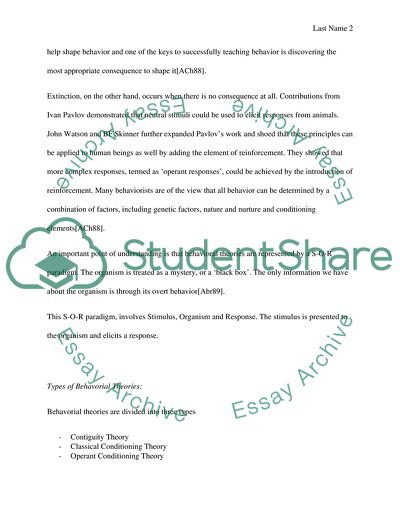Cite this document
(“Not Found (#404) - StudentShare”, n.d.)
Not Found (#404) - StudentShare. Retrieved from https://studentshare.org/psychology/1765955-social-work-thories-in-practice
Not Found (#404) - StudentShare. Retrieved from https://studentshare.org/psychology/1765955-social-work-thories-in-practice
(Not Found (#404) - StudentShare)
Not Found (#404) - StudentShare. https://studentshare.org/psychology/1765955-social-work-thories-in-practice.
Not Found (#404) - StudentShare. https://studentshare.org/psychology/1765955-social-work-thories-in-practice.
“Not Found (#404) - StudentShare”, n.d. https://studentshare.org/psychology/1765955-social-work-thories-in-practice.


